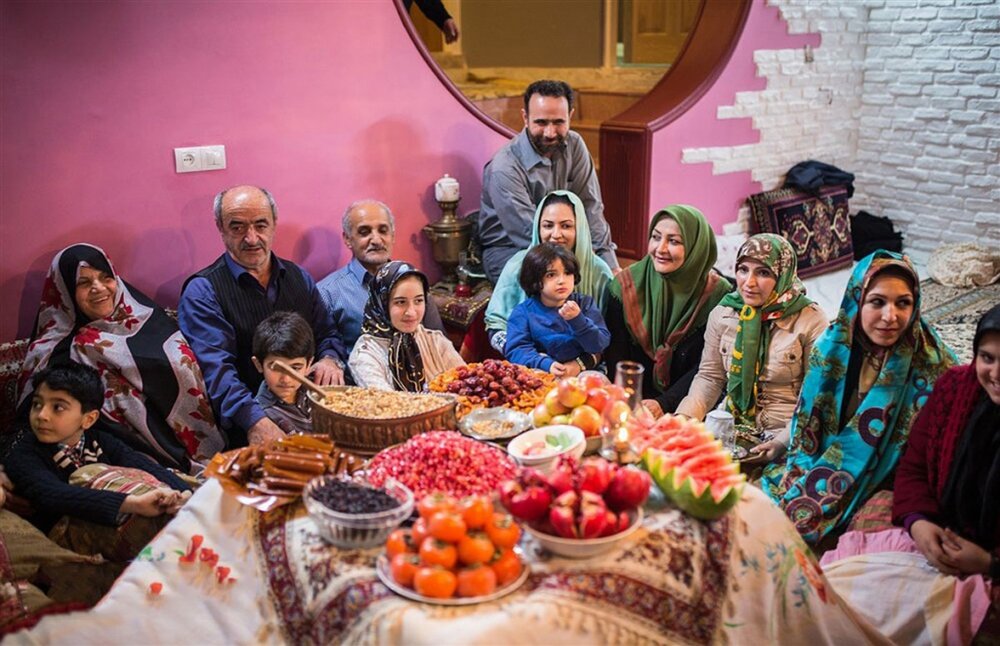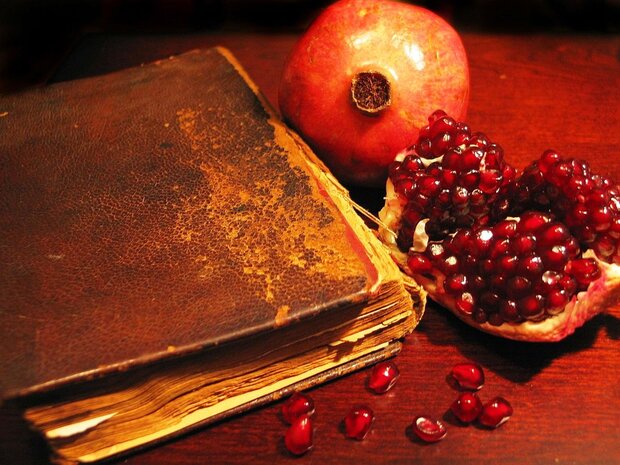It’s not a Yalda celebration without pomegranates

TEHRAN– Children running around, mothers set out trays of delicately cracked pomegranates, bowls glittering with their ruby-red seeds and elders take turns reading verses from illustrious Persian poets. Sounds familiar? If so, you’ve seen a glimpse of the Yalda celebration in honor of the longest night of the year.
People are embraced by the warmth of love on that cozy night, which dispels the winter chill. Laughter, merriment, and good cheer are common during these family reunions.
On Yalda, which falls on Dec. 21 this year, it is customary to stay indoors to avoid the darkness and to extend the time spent awake to welcome the new light. With the sun's triumphant rise, people anticipate that our days will get longer and shine with more positivity.
For Iranians and admirers of Iranian culture worldwide, the final evening of autumn and the start of winter are ceremonial, auspicious times. Being with loved ones brings people’s hearts even closer together on Yalda night, the Iranian celebration of the winter solstice.

People share symbolic snacks from the mint Yalda table after dinner. Pomegranate and watermelon flesh's red color symbolize the crimson sun's rising, and the melons, which are typically kept in cool basements until winter, are thought to ward off illness in the upcoming summer months.
Along with hot tea, sweets, and fresh seasonal fruits like persimmons, Ajeel, a bowl of mixed nuts, watermelon seeds, and dried fruits, is also placed on the table in hopes of bringing prosperity.
Many Iranians believe the best fruit to eat on the longest and darkest night of the year is undoubtedly pomegranates, which in Persian culture are symbolic of fertility, rebirth, and life.

From a religious perspective, the pomegranate is a heavenly fruit that makes Yalda a metaphorical counterbalance to darkness. Such a victory of light and goodness over the forces of darkness has been celebrated by Iranians for millennia. Some say it is not a Yalda celebration without pomegranates, which symbolize life and the triumph of light over darkness.
AFM
Leave a Comment